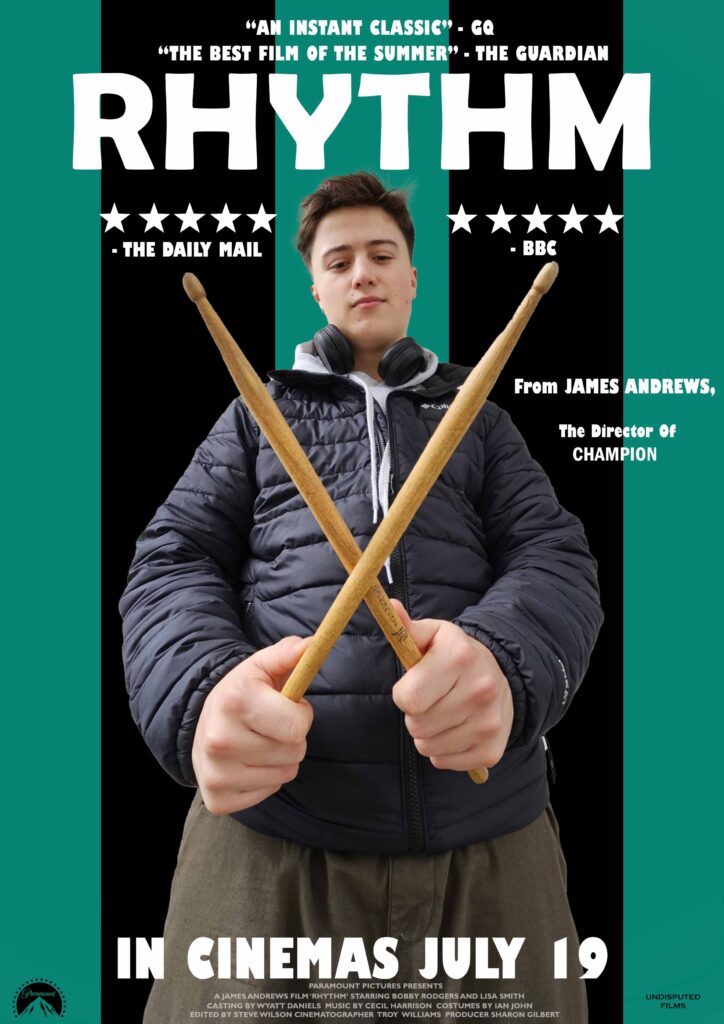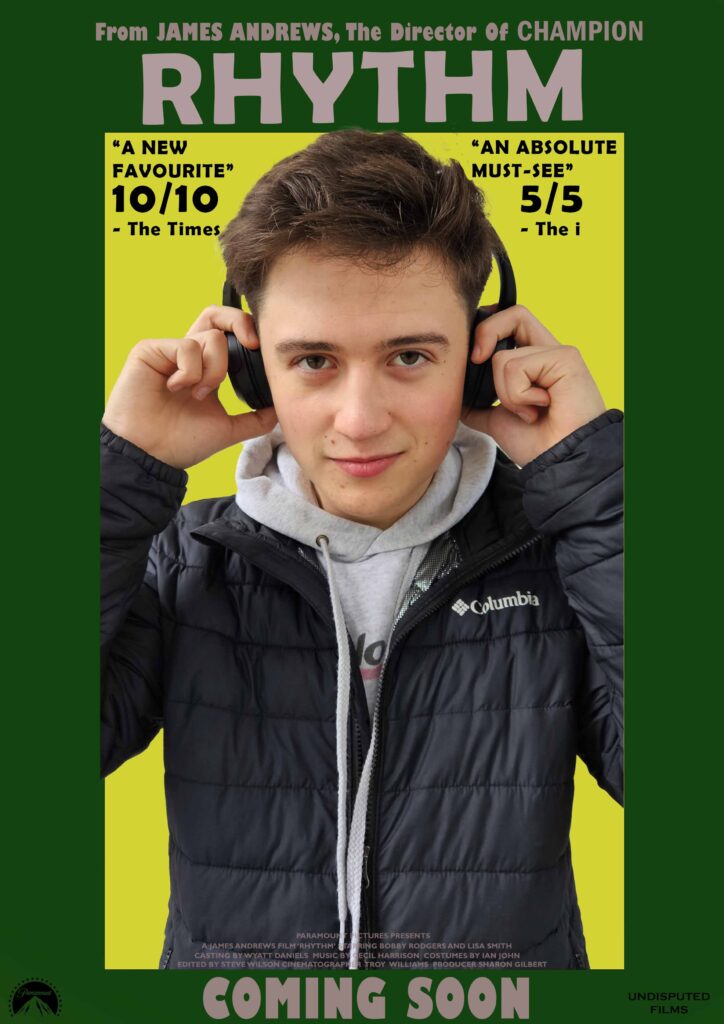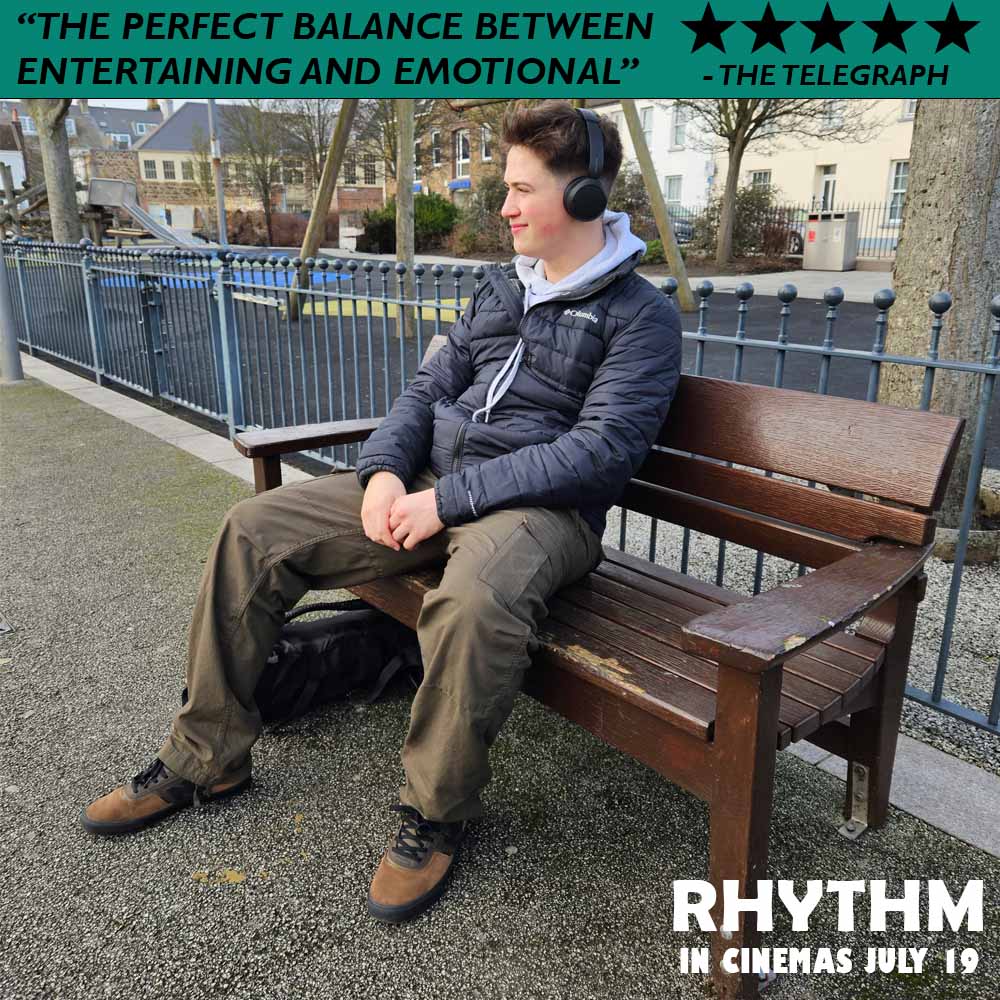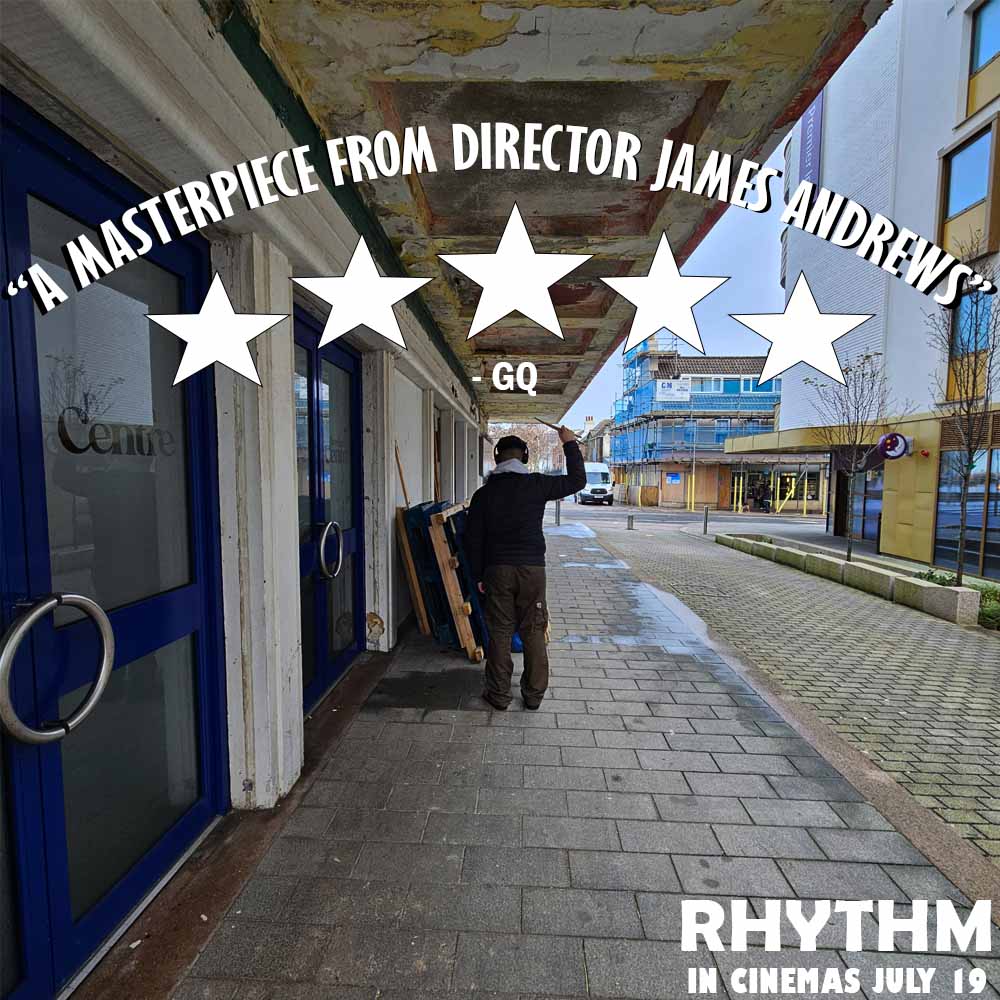I intend to produce a cover for an independent arts and entertainment magazine, while also taking inspiration from mainstream magazines like GQ and Entertainment Weekly, titled ‘Unwrapped’ aimed at a mixed gender audience ranging from the ages of 16-30.
I plan to do this by featuring a male cover star, but featuring cover lines that may interest a female audience too. My intention is to have one singular cover image of a teenage boy, who will be an up-and-coming actor and holding a prop in each hand, looking at one of them in the process. The lack of direct address in the image creates a distancing effect between the reader and the cover star. The props will suggest the different roles the actor may have played in the past, suggesting he may have a pre-established fanbase. In terms of clothes, he will wear everyday, casual clothing in order to link to the personal identity aspect of the Uses and Gratifications theory, as readers may see themselves in the cover star. For the background, he will be stood in front of an empty blue surrounding, as many magazine cover images have no imagery behind their cover star.
The main cover line will refer to him as “leading the next generation of stars” reinforcing both his youth and profession. In terms of audience diversion, a cover line will feature a pull quote like “Exclusive first look” in relation to a new fictional film titled ‘Hidden’. This quote will be inside of a circle shape, to emphasise the point that the material can only be seen in that specific magazine. Another cover line will be about a celebrity answering questions asked by readers, connoting both personal relationships and surveillance (also suggested to audience by the title of the magazine implying there’s something more they haven’t seen). The themes of the cover lines will consist of films, music, and sports for the purpose of making the magazine as diverse as possible in relation to its subjects. Additionally, one of the cover topics will be a ‘disaster’ at an Awards Show. This cover line remains quite ambiguous and therefore could be interpreted as comedic or serious by readers.
The fonts for the masthead and cover lines will be simplistic and bold, making them easy to read. The magazine will also include a dateline (detailing the month of publication), price (£3.99) and selling line (‘All You Need To Know’), as well as a standard bar code which appears on most print magazines. The title, dateline, price and selling line will be in grey as opposed to the cover lines being in black, to differentiate the two clearly without completely altering the appearance of the text. A wave effect will be added to the masthead so that it is distinct and identifiable. The simplistic overall look of the cover can maximise audiences, as it doesn’t come across as limited to one group of people.
I intend to produce a cover for an independent arts and entertainment magazine, while also taking inspiration from mainstream magazines like GQ and Entertainment Weekly, titled ‘Unwrapped’ aimed at a mixed gender audience ranging from the ages of 16-30.
I plan to do this by featuring a male cover star, but featuring cover lines that may interest a female audience too. My intention is to have one singular cover image of a teenage boy, who will be an up-and-coming actor and holding a prop in each hand, looking at one of them in the process. The lack of direct address in the image creates a distancing effect between the reader and the cover star. The props will suggest the different roles the actor may have played in the past, suggesting he may have a pre-established fanbase. In terms of clothes, he will wear everyday, casual clothing in order to link to the personal identity aspect of the Uses and Gratifications theory, as readers may see themselves in the cover star. For the background, he will be stood in front of an empty blue surrounding, as many magazine cover images have no imagery behind their cover star.
The main cover line will refer to him as “leading the next generation of stars” reinforcing both his youth and profession. In terms of audience diversion, a cover line will feature a pull quote like “Exclusive first look” in relation to a new fictional film titled ‘Hidden’. This quote will be inside of a circle shape, to emphasise the point that the material can only be seen in that specific magazine. Another cover line will be about a celebrity answering questions asked by readers, connoting both personal relationships and surveillance (also suggested to audience by the title of the magazine implying there’s something more they haven’t seen). The themes of the cover lines will consist of films, music, and sports for the purpose of making the magazine as diverse as possible in relation to its subjects. Additionally, one of the cover topics will be a ‘disaster’ at an Awards Show. This cover line remains quite ambiguous and therefore could be interpreted as comedic or serious by readers.
The fonts for the masthead and cover lines will be simplistic and bold, making them easy to read. The magazine will also include a dateline (detailing the month of publication), price (£3.99) and selling line (‘All You Need To Know’), as well as a standard bar code which appears on most print magazines. The title, dateline, price and selling line will be in grey as opposed to the cover lines being in black, to differentiate the two clearly without completely altering the appearance of the text. A wave effect will be added to the masthead so that it is distinct and identifiable. The simplistic overall look of the cover can maximise audiences, as it doesn’t come across as limited to one group of people.




















